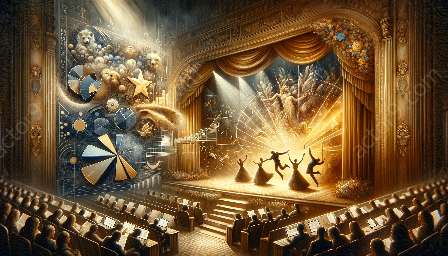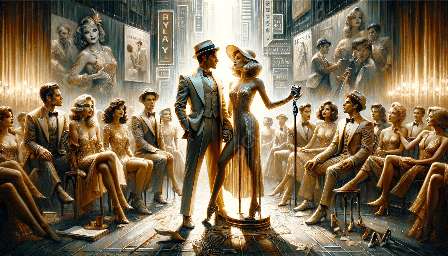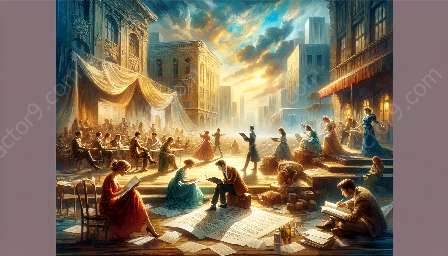Broadway shows are known for their electrifying performances, dazzling choreography, and spellbinding storytelling. Scriptwriters play a crucial role in crafting the narratives that captivate audiences from the opening scene to the final curtain. Here, we'll explore effective strategies for scriptwriters to engage and captivate Broadway audiences, creating unforgettable experiences in the world of musical theater.
Understanding the Broadway Audience
Before delving into specific strategies, it's essential for scriptwriters to understand the unique dynamics of the Broadway audience. Broadway audiences comprise diverse demographics with varying expectations, including locals, tourists, families, and avid theater enthusiasts. Recognizing this diversity can help scriptwriters tailor their storytelling to resonate with a wide range of audience members.
Captivating Opening Scenes
The opening scene sets the stage for the entire performance, and scriptwriters must seize this opportunity to grip the audience's attention from the first moment. Engaging openings can feature compelling dialogues, intriguing conflicts, or mesmerizing musical numbers that immediately immerse the audience in the world of the show.
Layered Character Development
Compelling characters are at the heart of every successful Broadway show. To captivate audiences, scriptwriters must develop multi-dimensional characters with relatable motives, flaws, and desires. By crafting intricate character arcs, scriptwriters can elicit empathy and emotional investment from the audience, keeping them engrossed throughout the performance.
Emotional Dynamics and Conflict
Emotional dynamics and conflict drive the narrative tension that captivates audiences. Scriptwriters can employ a range of emotional experiences, from heart-wrenching drama to light-hearted humor, to create a captivating journey for the audience. Well-timed conflicts and resolutions keep the audience engaged, evoking a spectrum of emotions and fostering a deep connection with the characters and their stories.
Creative Pacing and Momentum
The pacing of a Broadway show greatly influences audience engagement. Skillful scriptwriters utilize dynamic pacing to maintain momentum and sustain the audience's interest. Strategic placement of high-energy sequences, poignant moments, and narrative revelations ensures a captivating and immersive experience, holding the audience spellbound until the final curtain.
Surprising and Resonant Endings
The culmination of a Broadway show should leave a lasting impression on the audience. Scriptwriters can captivate audiences with unexpected plot twists, poignant resolutions, or powerful climactic moments that resonate deeply. Crafting a compelling ending that lingers in the minds and hearts of the audience ensures a memorable and impactful theatrical experience.
Embracing the Spectacle of Musical Theater
In the realm of musical theater, the integration of music, lyrics, and choreography adds another dimension to engaging and captivating audiences. Scriptwriters collaborate with composers, lyricists, and choreographers to seamlessly weave the narrative with musical elements, creating a transcendent and immersive experience for the audience.
Conclusion
Scriptwriting for Broadway requires a keen understanding of audience dynamics, a mastery of compelling storytelling techniques, and a collaborative spirit to bring the magic of musical theater to life. By implementing strategic approaches to engage and captivate audiences, scriptwriters play an integral role in creating unforgettable experiences that resonate long after the final curtain falls.



































